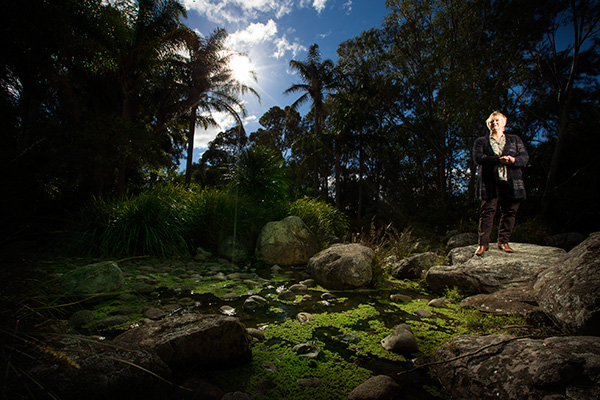July 31, 2014
National plan to measure and manage our precious natural assets
A national strategy has been launched to study, understand and manage Australia’s precious natural assets.
For the first time in recent history Australia’s precious ecosystem – from the smallest insect to the largest waterways – will have a single voice to ensure our natural assets are in good health for decades to come.

The plan, Foundations for the future: a long-term plan for Australian ecosystem science, was launched in Canberra this month and is based on using excellence in science research to support a range of activities, including public engagement, that enables a better understanding and management of healthy ecosystems.
Australian ecosystems encompass landscapes, coasts and marine areas, the living things that occupy them, their water, soils and atmosphere, and the dynamic interactions among all these parts. However, growing human populations, continuing habitat loss, moving climate zones and increasing global competition for resources are putting increasing pressure on these systems.
Professor Kris French (pictured), from UOW’s School of Biological Sciences, was a key player in the development of the plan, which was first started while she was President of the Ecological Society of Australia. She currently serves as a member of the steering committee.
She said that through the plan’s actions, the ecosystem science community would for the first time have a single voice to express their concerns, priorities, and hopes for the future of our ecosystems.
“The health of these places – where we work, live and play – is fundamental to our national wellbeing and prosperity,” she said. “What we don’t have is the baseline data to tell us what changes are occurring and the impact on biodiversity. One of the key steps in the plan is pulling together all the experts and groups invested in ecosystem science to set up a research and surveillance system that will provide that data.
“We also need to more closely engage the general public to help them understand the valuable and fragile nature of our ecosystems to inspire them to be part of the management, sustainable use and protection of these wonderful assets.”
The plan’s key proposals include engaging the many community groups and the public to aid in studying and protecting ecosystems; closer links between science and end users in industry, government and the community; increased support for long-term research into the ways Australian ecosystems are changing; and sharing national research data as well as stronger research collaborations.
The plan was jointly organised by the Terrestrial Ecosystem Research Network (TERN), the Ecological Society of Australia, and Australian Academy of Science.